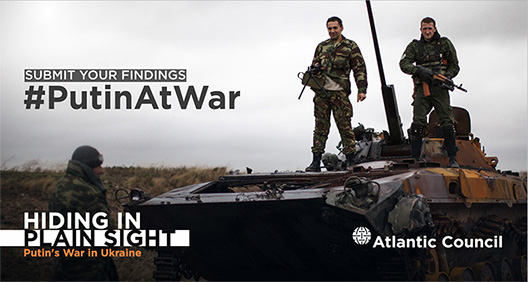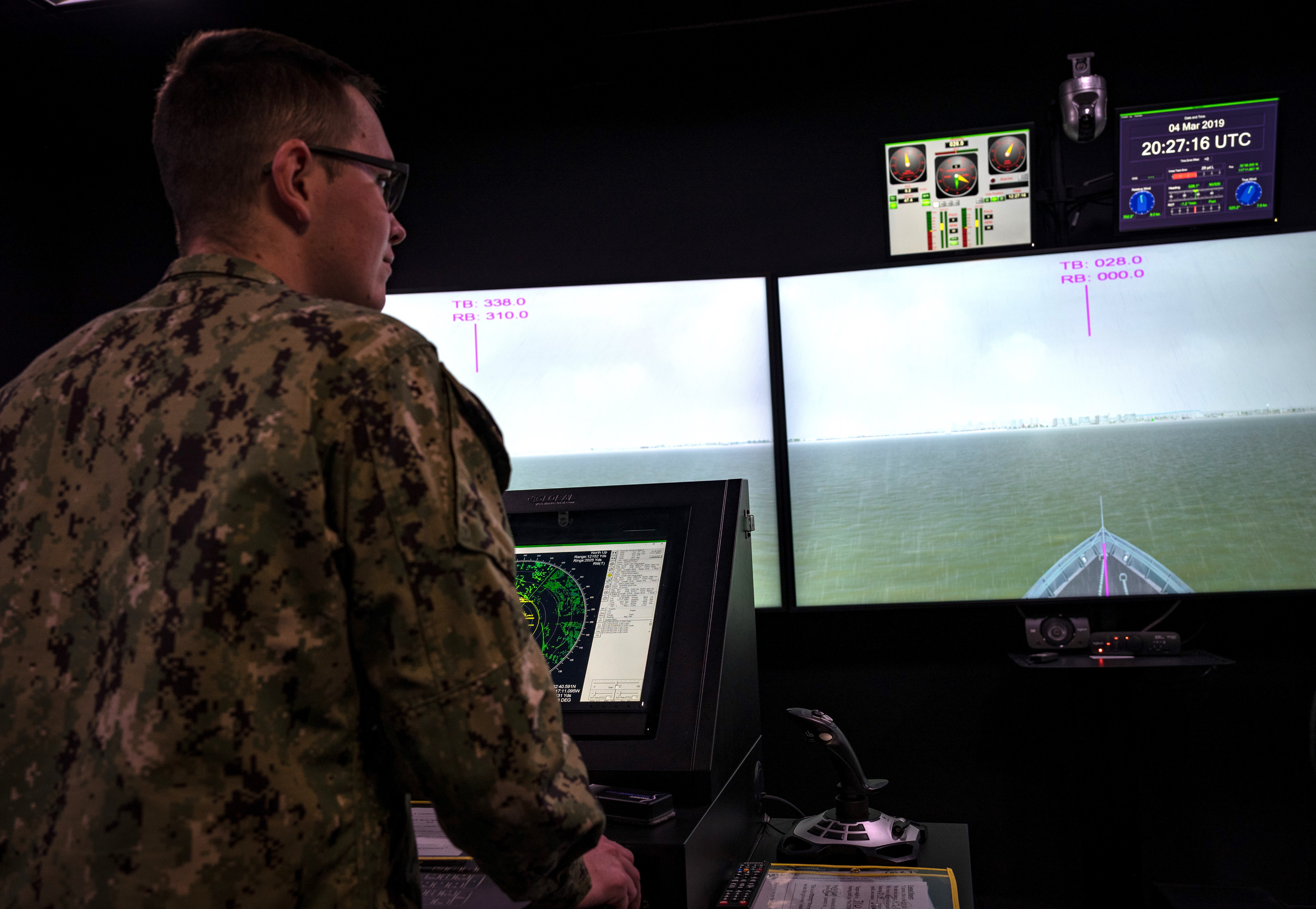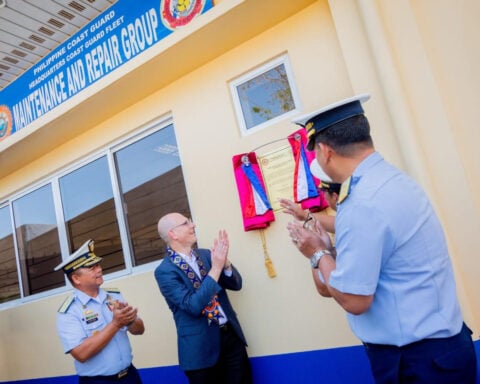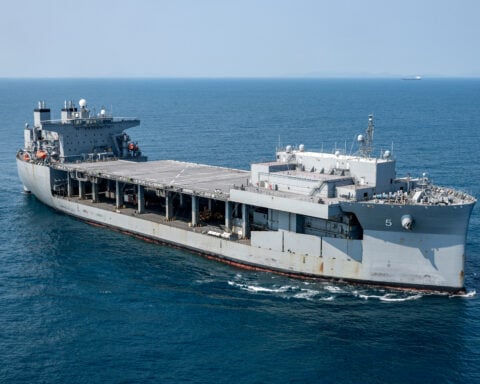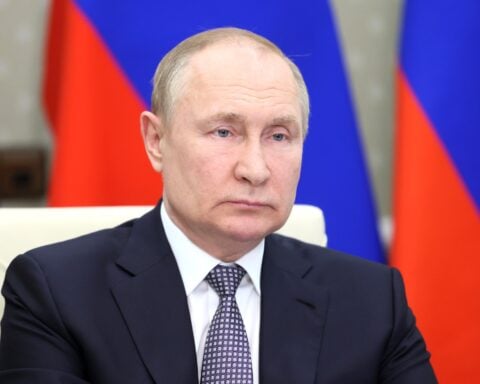The Atlantic Council released a new report documenting Russia’s direct involvement in the conflict in the Ukraine based on what it calls publicly available information and open-sourced investigative techniques.
Damon Wilson, one of the co-authors of “Hiding in Plain Sight: Putin’s War in Ukraine,” said Thursday at a panel discussion in Washington that the report shows “we don’t have a Ukraine problem. We have a Putin problem.”
He characterized the techniques the council in its report used as “a democratization of intelligence gathering.”
Maksymilian Czuperski, another co-author, said the group was able to leverage what people share on social media, applying geo tags and geo locations to trace everything from weapons movement to an individual soldier’s 3,000-mile trek.
The researchers studied posts on YouTube, the Russian equivalent of Facebook, various Google applications and publicly available satellite imagery.
In one example, the authors followed a howitzer as it transited from Rostov to Mariupol to support Russian separatists. The tagging and geo-location analysis can “literally match it like a fingerprint.”
Likewise, Alina Polyakova, another co-author, detailed a single soldier’s movement of 3,000 miles to a training camp and from there into Ukraine. Using Google Earth, she showed how over two years the Russians turned an open area near the border with Ukraine into a training camp for soldiers about to deploy across the border.
Russian troops “played key defining roles” in each stage of the Ukrainian conflict, from the seizure of Crimea to blunting a Kiev counteroffensive with long-range artillery fire, Wilson said.
Eliot Higgins, based in Great Britain, said in a video played at the event that they linked up images taken by Russian citizens of artillery pieces firing with Google Earth images of vehicle marks and the angles of their position on the ground – “crater analysis,” in the report’s words – to determine where their targets were.
The successes of the separatists, based on this analysis, “weren’t random acts but were supported by forces in Russia” and close by Russian equipment given to the separatists.
Even now, “Russian re-supply continues unabated,” Wilson added. As it did in the past, Russia is using the lull in the fighting to plan the next stage. He added separatists have more tanks than France, Italy and a number of other NATO countries combined.
John Herbst, a former United States ambassador to Ukraine, said Putin is keeping the war hidden from the Russian people. He “cannot admit the aggression he is committing against his Slavic brothers.” Putin is also playing on Western weakness, Herbst added.
For the short term, or at least until the European Union decides on possible future sanctions, Herbst said he doubts that Russia will make another major move in Eastern Ukraine but will remain content to “seize smaller sections of land.”
At the same time the council released its report, it worked with the Free Russia Foundation in publishing an English translation of Boris Nemstov’s “Putin. War.” Nemstov, a major opposition figure in Russia, was assassinated near the Kremlin in Moscow in late February.
Ilya Yeshin, who helped complete the book, said Wednesday that Putin is aggressive and “has only two values: power and money.” He “wants to rule like Stalin and live like … a billionaire.”
As for the Russian people, Yeshin compared them to a person suffering from phantom pain in a severed limb. “They feel each country [of the former Soviet Union] was taken away from them,” a sentiment that Putin plays upon in his propaganda.
“I was surprised by how much was out there,” Wilson said about the report. The sheer amount of data tended to “muddy the waters” of what was really happening in Ukraine. But after sifting through the large volume of information and corroborating different people’s accounts to determine patterns, a clearer picture emerges.
“That was quite a bit of a learning curve for me,” he said.

